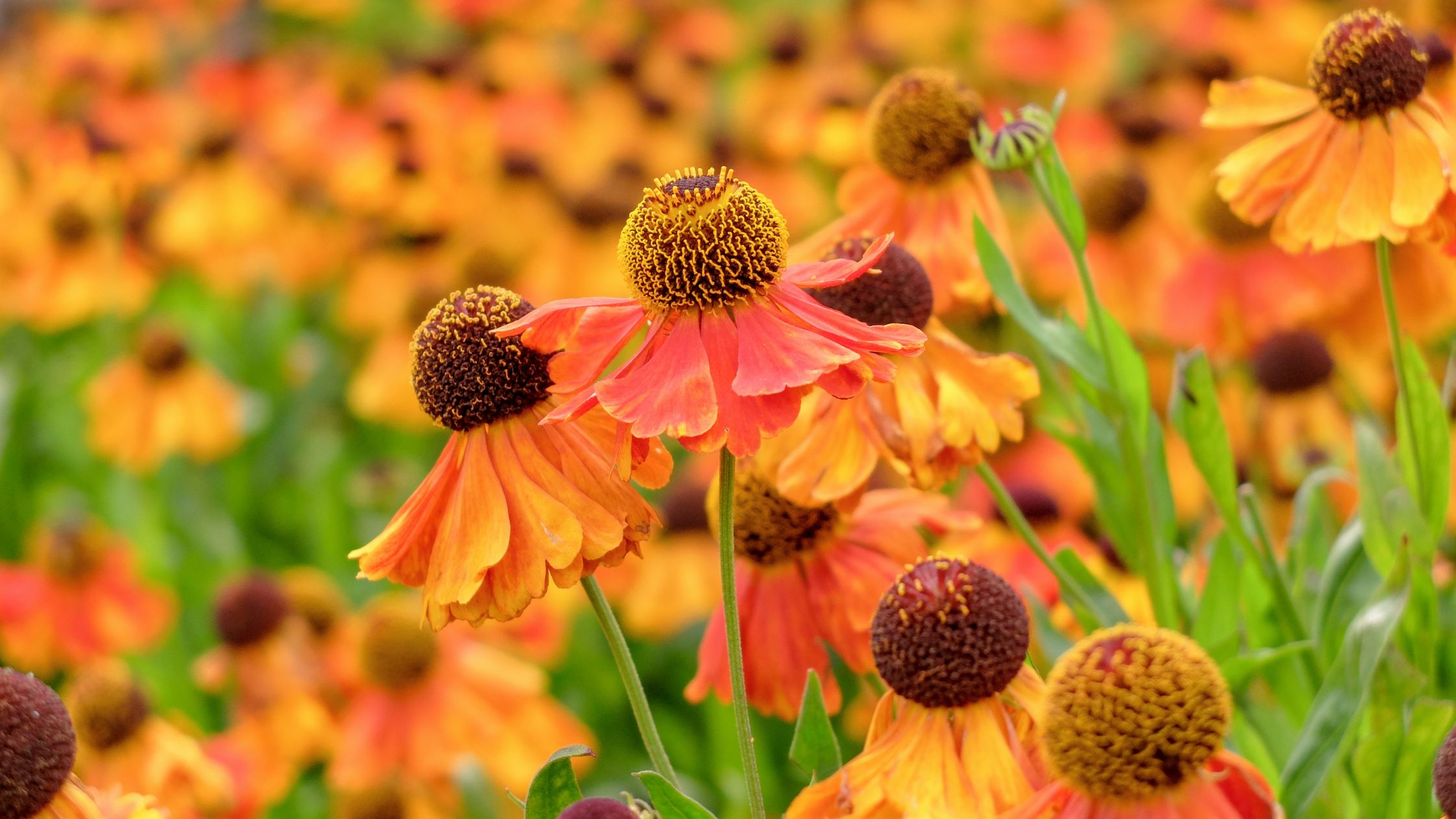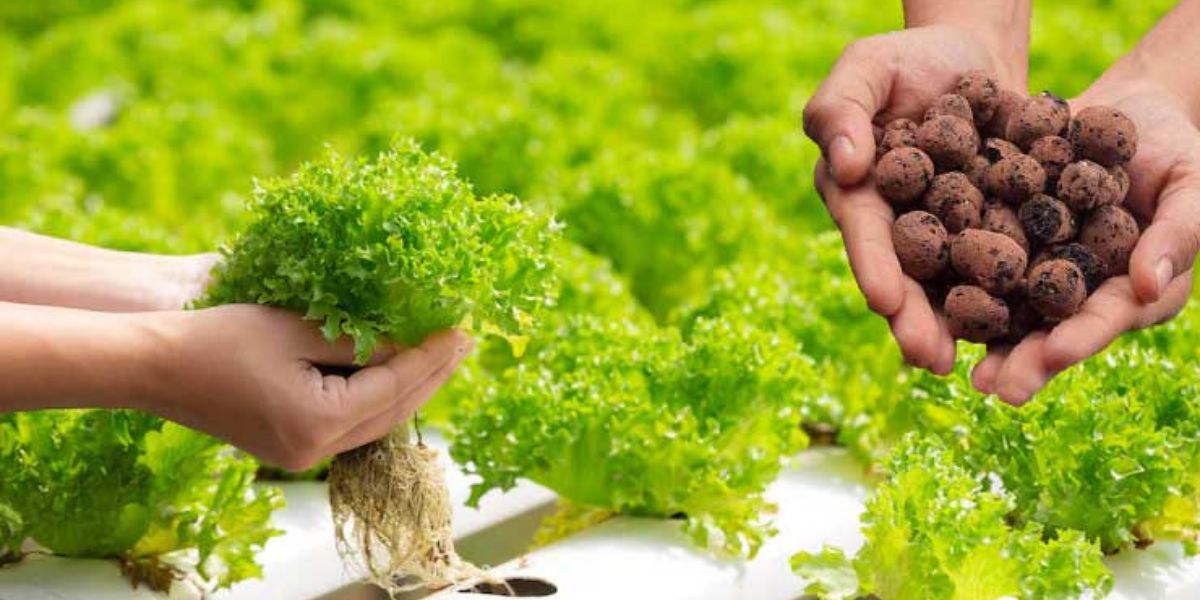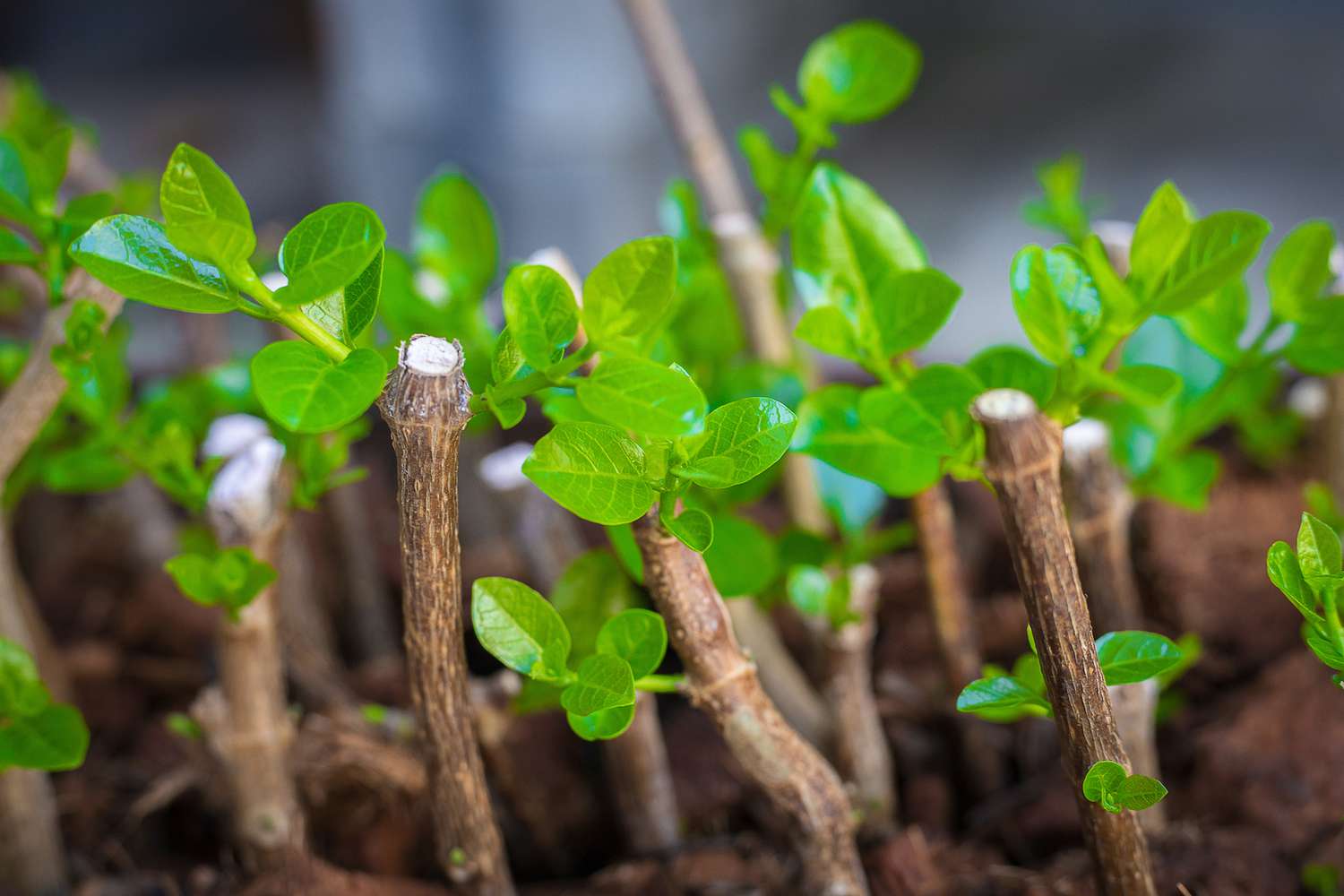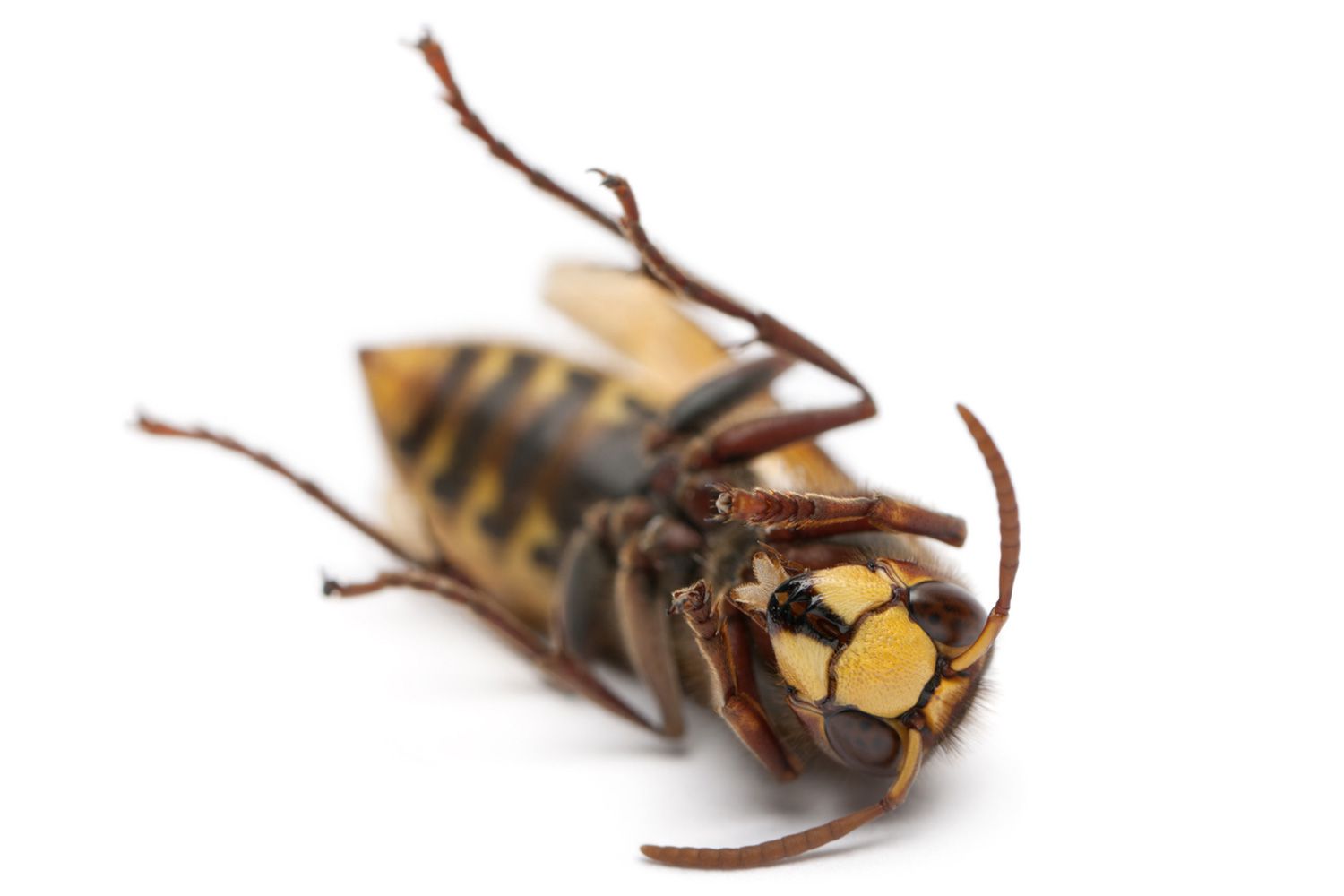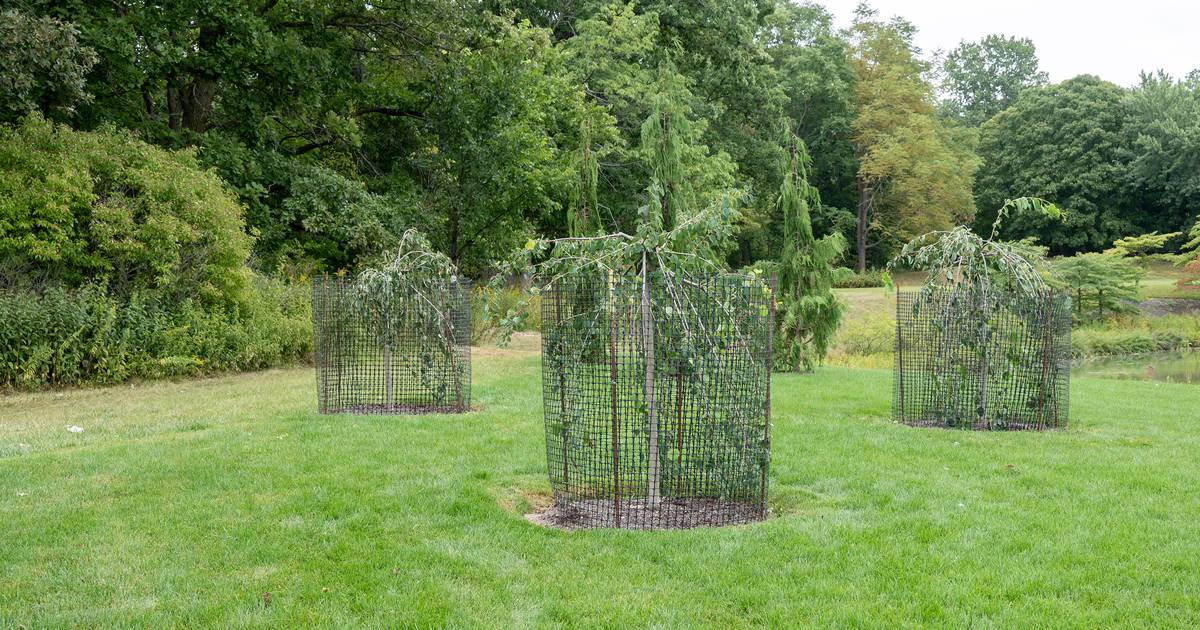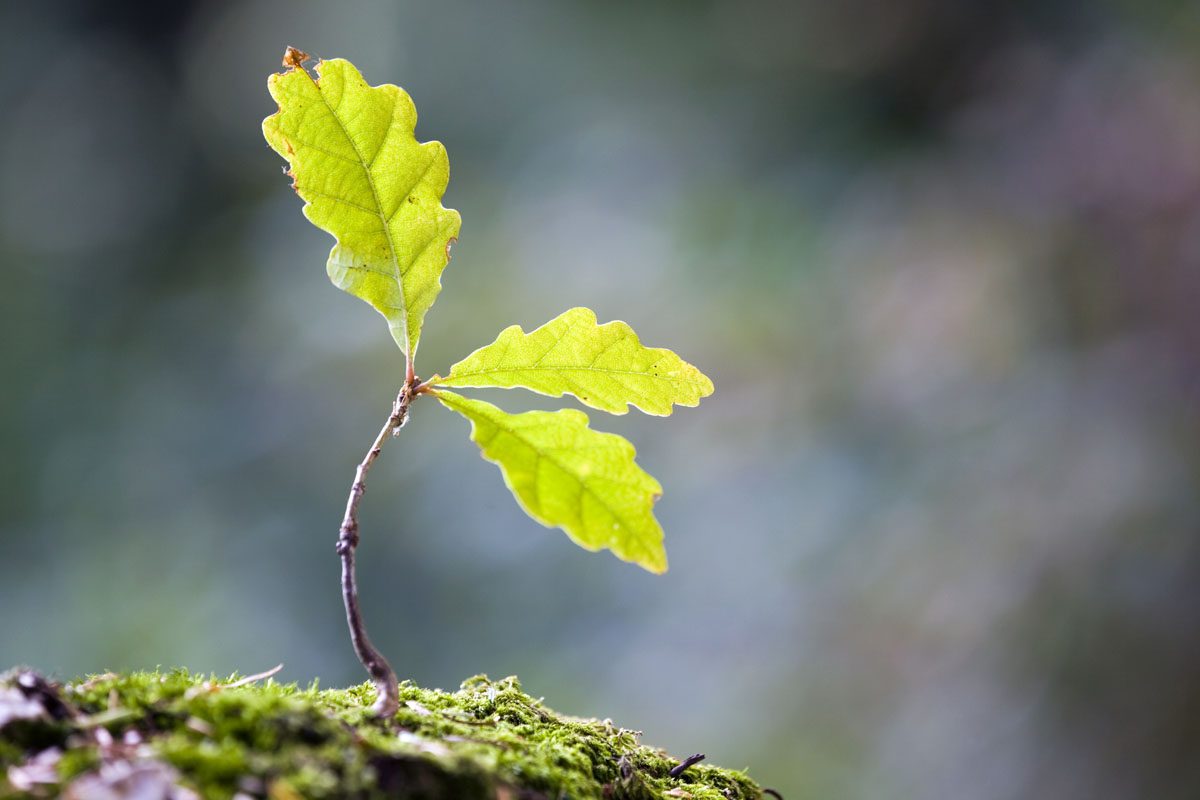Home>Gardening News and Trends>Latest News>What Are The Spiky Balls That Fall From Trees


Latest News
What Are The Spiky Balls That Fall From Trees
Modified: January 22, 2024
Discover the Latest News about the mysterious spiky balls that fall from trees. Learn more about their origins, uses, and impact on the environment.
(Many of the links in this article redirect to a specific reviewed product. Your purchase of these products through affiliate links helps to generate commission for Chicagolandgardening.com, at no extra cost. Learn more)
Table of Contents
Overview
Spiky balls are curious little formations that often catch our attention when we see them scattered on the ground. These small, prickly objects can be found in various shapes and sizes, and they are commonly associated with certain types of trees. But what exactly are these spiky balls, and why do they appear?
Spiky balls, also known as seed pods or fruiting structures, are the protective coverings that encase the seeds of certain trees. These structures typically have a unique appearance, with their spiky or prickly exteriors. While they might seem like a nuisance when they litter our yards and walkways, spiky balls play a crucial role in the life cycle of many tree species.
When we think of spiky balls, one common image that comes to mind is the round, brown balls that fall from sweetgum trees. However, spiky balls can vary in shape, size, and color depending on the tree species. Some may resemble small cones or capsules, while others may have a star-like or spiky appearance.
The purpose of these spiky structures is to protect and facilitate the dispersal of tree seeds. They evolve to have specific characteristics that aid in successful seed distribution. By understanding the types of trees that produce spiky balls and their role in the ecosystem, we can gain a deeper appreciation for these intriguing natural formations.
Characteristics of Spiky Balls
Spiky balls, as their name suggests, are characterized by their spiky or prickly exteriors. These distinctive physical features serve several purposes in the life cycle of trees.
Firstly, the spiky or prickly structures of these seed pods act as a deterrent to potential seed predators. The sharp spikes or thorns make it difficult for animals to access the seeds inside, protecting them from being eaten. This allows the seeds a better chance of survival and increases the likelihood of successful germination.
Secondly, the spiky balls often have a rigid and durable outer layer, which helps to protect the seeds from harsh environmental conditions. This outer layer shields the seeds from extreme temperatures, moisture, and other external factors that could potentially damage or destroy them. It acts as a protective armor, ensuring the seeds remain viable until the right conditions for germination arise.
Furthermore, the size and shape of spiky balls can vary significantly between tree species. Some spiky balls are small and compact, while others are larger and more elongated. These variations help to facilitate seed dispersal strategies specific to each tree species. For example, some spiky balls have structures that allow them to be easily carried by wind, aiding in long-distance seed dispersal. Others may have barbed spikes or hooks that cling onto animal fur, enabling them to hitch a ride to new locations.
Notably, the appearance of spiky balls can also change as they mature. Initially, they may appear green and fleshy, but over time, they dry out and turn brown or other earthy tones. This transformation allows the seeds to develop fully inside the protective covering and prepares them for dispersal.
Overall, the characteristics of spiky balls are finely tuned to protect and promote the successful dispersal of tree seeds. Their spiky and durable exteriors shield the seeds from predators and harsh environmental conditions, while their varied shapes and sizes aid in effective seed dispersal mechanisms.
Types of Trees That Produce Spiky Balls
Spiky balls are a fascinating and diverse phenomenon found in nature, and they are produced by various tree species. While sweetgum trees are most commonly associated with spiky balls, there are several other trees that produce these intriguing seed pods.
One well-known tree that produces spiky balls is the chestnut tree. The chestnut spiky balls, also known as burrs or burs, are round or oval-shaped with sharp spines covering their surface. These spiky balls protect the precious chestnut seeds found inside. Chestnut trees are typically found in temperate regions and have historical significance due to the importance of their nutritious nuts.
Another tree that generates spiky balls is the horse chestnut or conker tree. Horse chestnut spiky balls are larger and have a smooth, glossy appearance compared to other spiky balls. The spiky outer shell encases a single large brown seed, commonly referred to as a conker. In the autumn, these spiky balls fall from the tree and become a favorite plaything for kids who enjoy the traditional game of conkers.
Several species of oak trees produce spiky balls in the form of acorns. Acorns are distinctive seed pods that have a cap or cupule at the top and a smooth or spiky outer shell. These spiky balls are an important food source for many animals, including squirrels and deer. Oaks are widely distributed across various habitats and are known for their longevity and ecological significance.
Other notable tree species that produce spiky balls include the sycamore tree and the black locust tree. Sycamore spiky balls, often referred to as helicopter seeds, have a unique winged structure that enables them to spin and glide in the wind, aiding in their dispersal. The black locust tree, on the other hand, produces spiky balls that contain small black seeds and have sharp, thorny projections.
It is interesting to note that not all trees produce spiky balls. Some trees have different structures to disperse their seeds, such as samaras, cones, or berries. However, spiky balls serve as a distinct and fascinating characteristic of the tree species that produce them.
Overall, spiky balls are produced by a variety of tree species that have evolved unique seed dispersal strategies. From sweetgums to chestnuts, horse chestnuts to oaks, each tree species exhibits its own version of the spiky ball phenomenon, adding to the captivating diversity of the natural world.
Purpose of Spiky Balls for Trees
Spiky balls serve a vital purpose in the life cycle of trees. These unique structures play a crucial role in protecting and facilitating the dispersal of tree seeds, ensuring the survival and proliferation of tree species.
The primary purpose of spiky balls is to provide a protective covering for the seeds. The sharp spikes, thorns, or prickly exterior serve as a deterrent to seed predators such as animals and insects. By creating a physical barrier, spiky balls prevent seed consumption, allowing the seeds to remain intact and viable until conditions are favorable for germination.
In addition to protection from predation, spiky balls also shield the seeds from harsh environmental conditions. The rigid and durable outer layer of spiky balls acts as a barrier against extreme temperatures, moisture, and other elements that may damage or reduce the chances of successful germination. By providing a safe and conducive microenvironment for the seeds, spiky balls increase the likelihood of successful seedling establishment.
The unique characteristics of spiky balls also aid in seed dispersal. Different tree species have evolved specific mechanisms to disperse their seeds effectively, and spiky balls play a key role in these strategies. Some spiky balls are designed to be lightweight and easily carried by the wind, allowing the seeds to travel long distances from the parent tree. Others have hooks, barbs, or structures that adhere to animal fur or feathers, facilitating transportation to new locations.
Furthermore, spiky balls contribute to the genetic diversity of tree populations. By dispersing seeds over a wide area, spiky balls help to ensure that the offspring of trees are spread out, reducing competition for resources and increasing the chances of adaptation to changing environmental conditions. This genetic diversity is essential for the long-term survival and resilience of tree populations in the face of challenges such as climate change and habitat loss.
Understanding the purpose of spiky balls for trees reminds us of the intricate and fascinating strategies that trees have developed to ensure their survival and success. These structures not only protect the seeds but also aid in their dispersal, contributing to the sustainability and diversity of our natural ecosystems.
Spiky Balls and Seed Dispersal
Spiky balls play a vital role in the process of seed dispersal, allowing tree seeds to move away from the parent tree and colonize new areas. The unique characteristics of spiky balls aid in various seed dispersal mechanisms, ensuring the survival and distribution of tree species.
One common method of seed dispersal facilitated by spiky balls is called anemochory, or wind dispersal. The lightweight and aerodynamic nature of spiky balls allows them to catch the wind and be carried over long distances. As the wind blows, the spiky balls can travel far beyond the immediate vicinity of the parent tree. This method is particularly effective for tree species located in open habitats or areas with strong prevailing winds.
In addition to wind dispersal, spiky balls can also utilize animals as a means of seed dispersal. Some spiky balls have hooks, barbs, or other structures that cling onto the fur, feathers, or clothing of passing animals. As the animals move, the spiky balls hitch a ride, transporting the seeds to new locations. This method, known as epizoochory, is especially common among tree species with larger spiky balls that can adhere to the bodies of animals effectively.
Furthermore, spiky balls can exploit water as a dispersal agent. In species found near water bodies, such as rivers or lakes, spiky balls can float on the water’s surface, enabling water dispersal or hydrochory. This mechanism allows seeds to be carried downstream, potentially colonizing new areas along riverbanks or other wetland habitats.
In some cases, spiky balls rely on seed dispersal through explosive mechanisms. As the spiky balls dry out and split open, the seeds are forcefully ejected, flinging them away from the parent tree. This explosive dispersal, known as ballistic dispersal, allows the seeds to cover significant distances and disperse rapidly in all directions.
The combination of spiky structures and diverse seed dispersal mechanisms ensures that tree seeds have the opportunity to colonize suitable habitats, reduce competition with parent trees, and adapt to changing environmental conditions. By dispersing seeds over a wide area, spiky balls contribute to the genetic diversity and long-term survival of tree populations.
Spiky balls and seed dispersal are intricately connected, allowing trees to colonize new areas, establish offspring, and maintain healthy populations. Understanding the various mechanisms facilitated by spiky balls provides a glimpse into the remarkable strategies that trees have evolved to ensure their continued existence and dispersion in the natural world.
Common Uses for Spiky Balls
While spiky balls may be seen as a bit of a nuisance when they litter our yards and walkways, they actually have several common uses and practical applications. From crafting to gardening, spiky balls can be repurposed in creative ways.
One popular use for spiky balls is in arts and crafts. Their unique and intriguing appearance makes them a great material for various DIY projects. Spiky balls can be painted, glued, or strung together to create decorative ornaments, wreaths, and unique home accents. They can be incorporated into seasonal decorations, such as holiday displays or fall-themed crafts.
Gardeners also find practical applications for spiky balls. Due to their texture and durability, they can be used as natural mulch or as a protective layer around plantings. The spiky exterior can discourage pests and animals from digging or trampling on delicate vegetation. Additionally, the decomposing spiky balls can enrich the soil with organic matter and help to retain moisture.
Some people incorporate spiky balls into sensory activities for children. The spiky texture can provide tactile stimulation and promote sensory exploration. Spiky balls can be used in sensory bins or in sensory play activities, encouraging fine motor skills development and sensory awareness.
In traditional medicine, spiky ball extracts have been used for various health purposes. While scientific evidence is limited, some cultures believe that extracts from spiky balls possess anti-inflammatory and antioxidant properties. They may be used topically to alleviate minor skin irritations or as an ingredient in herbal remedies.
Spiky balls can also find practical uses in the animal kingdom. Some bird species, such as certain finches or parrots, enjoy chewing on spiky balls as a form of entertainment or to help maintain beak health. These birds may use spiky balls as enrichment toys or as a natural source of mental and physical stimulation.
Overall, spiky balls can serve as versatile and intriguing materials in various contexts. Whether utilized in arts and crafts, gardening, sensory activities, traditional medicine, or even for our animal companions, spiky balls offer unique textures and shapes that capture our imagination and allow for creative and practical applications.
Seasonality of Spiky Balls
The production and availability of spiky balls are closely linked to the seasonal cycles of trees. Understanding the seasonality of spiky balls helps us appreciate their natural rhythm and significance in the life cycle of trees.
In general, spiky balls are most prevalent during the autumn season. This is the time when many tree species undergo reproductive processes, including the formation of seeds and the development of spiky balls. As the temperature drops and days become shorter, trees prepare for winter dormancy and shed their leaves. This shedding process often coincides with the release of spiky balls.
Each tree species has its own specific timing for spiky ball production. For example, sweetgum trees tend to drop their spiky balls in late summer to early fall. The distinctive round, spiky balls cover the ground, creating a unique and colorful carpet. Other species, such as horse chestnut and oak trees, also release their spiky balls during the fall season.
After the spiky balls fall from the trees, they undergo changes in appearance and texture. Initially, they may be green, fleshy, or soft. Over time, they dry out and turn brown or other earthy tones. The drying process helps to prepare the seeds inside the spiky balls for dispersal.
During the winter season, some spiky balls may persist on the ground, providing an interesting visual element to the winter landscape. They can serve as a food source for wildlife during the lean winter months, as birds and small mammals may consume the seeds contained within the spiky balls.
With the arrival of spring, the spiky balls begin to lose their sharpness and gradually decompose. The seeds inside may germinate if conditions are favorable. Some tree species rely on the decay of spiky balls to release the seeds, while others may disperse the seeds before the spiky balls fully decompose.
It is important to note that the seasonality of spiky balls may vary depending on the specific tree species and geographical location. In regions with different climate patterns, such as tropical or subtropical areas, the timing and characteristics of spiky balls may differ from those found in temperate regions.
Observing the seasonality of spiky balls allows us to appreciate the natural cycles and processes that trees undergo. It also reminds us of the interconnectedness between trees, seasons, and the ecosystems in which they thrive.
Potential Hazards of Spiky Balls
While spiky balls may seem harmless and intriguing, there are a few potential hazards associated with these prickly structures. It is essential to be aware of these hazards to ensure our safety and well-being in areas where spiky balls are prevalent.
One of the most apparent hazards of spiky balls is their sharp and prickly nature. Stepping on or accidentally coming into contact with a spiky ball can cause discomfort or minor injuries, such as puncture wounds or skin irritation. It is essential to exercise caution when walking or playing in areas where spiky balls are present.
In addition to causing physical harm, spiky balls can also create slippery conditions. When they accumulate on walkways, driveways, or other hard surfaces, they can become a slip hazard, particularly when wet or in areas with poor lighting. It is important to regularly clear spiky balls from high-traffic areas to prevent slips and falls.
For individuals with allergies, spiky balls may pose an additional risk. Some people may experience skin irritation or allergic reactions when in contact with the spiky balls or the substances they release as they decompose. It is advisable to wear gloves or protective clothing when handling spiky balls if you are known to have allergies or sensitivities.
Another potential hazard of spiky balls is the impact they can have on outdoor maintenance. The accumulation of spiky balls in yards or gardens may require additional effort and time to clean up, particularly in areas with large quantities of these seed pods. They can clog lawn mowers, garden tools, or other machinery, necessitating regular maintenance and potentially causing damage if not properly addressed.
Furthermore, spiky balls can also pose challenges in some recreational activities or outdoor events. Cyclists, hikers, and outdoor enthusiasts may encounter difficulties when traversing areas with high concentrations of spiky balls. They may also obstruct the playability of sports fields or interfere with outdoor gatherings or picnics. Taking appropriate measures to clear spiky balls from these areas can help mitigate these potential hazards.
It is important to be aware of the potential hazards associated with spiky balls and take appropriate precautions to stay safe. This includes wearing appropriate footwear, clearing walkways, and being mindful of any allergies or sensitivities. By staying vigilant and considering these potential risks, we can enjoy the presence of spiky balls while minimizing any potential harm or inconvenience they may cause.
How to Handle Spiky Balls Safely
When dealing with spiky balls, it is important to take certain precautions to ensure your safety and reduce the risk of injury. By following these guidelines, you can handle spiky balls safely:
1. Wear protective gloves: When handling spiky balls, especially if you have sensitive skin or allergies, it is advisable to wear gloves to protect your hands from the sharp spikes or potential allergens.
2. Use caution when walking: Be mindful of your surroundings when walking in areas with spiky balls on the ground. Watch your step to avoid accidentally stepping on or slipping on the prickly structures.
3. Clear spiky balls from walkways: Regularly clear spiky balls from walkways, driveways, or other high-traffic areas to prevent slips, falls, or injuries. Use a rake or gloved hands to gather and remove the spiky balls.
4. Be cautious during lawn maintenance: If you are mowing the lawn or using other outdoor machinery, be aware of the presence of spiky balls. They can potentially clog or damage the equipment, so clear the area beforehand to prevent any mishaps.
5. Dispose of spiky balls properly: After collecting spiky balls, dispose of them in an appropriate manner. Check with local waste management guidelines to determine the best method for disposal, as these may vary depending on your location.
6. Educate children about spiky balls: If you have children playing in areas with spiky balls, make sure to educate them about the potential hazards. Teach them to avoid stepping on or touching spiky balls and encourage the use of appropriate footwear and protective gloves when handling them.
7. Protect pets from spiky balls: If you have pets, keep an eye on them when they are in areas with spiky balls. Dogs, in particular, may be curious and try to chew on or play with spiky balls, which can pose a choking hazard or cause injury. Monitor their interactions and prevent them from ingesting spiky balls.
Remember, safety is paramount when dealing with spiky balls. By taking these precautions and being mindful of the potential risks, you can handle and navigate areas with spiky balls safely and enjoy the unique elements they bring to the natural environment.
Conclusion
Spiky balls, with their unique appearance and intriguing characteristics, have a significant role to play in the natural world. These seed pods, produced by various tree species, serve as protective coverings for tree seeds, aid in seed dispersal, and contribute to the resilience and diversity of tree populations.
Throughout the article, we have explored the different aspects of spiky balls, including their characteristics, the types of trees that produce them, their purpose in the life cycle of trees, and their seasonality. We have also discussed their potential hazards and provided guidelines on how to handle them safely.
From sweetgum to chestnut, horse chestnut to oak, each tree species offers its own unique version of spiky balls, adding depth and intrigue to our natural surroundings. While they may sometimes be seen as a nuisance or slight inconvenience, spiky balls offer numerous practical applications, from arts and crafts to gardening, sensory play to animal enrichment.
By understanding and appreciating spiky balls, we gain a deeper understanding and appreciation for the intricate strategies trees have developed to ensure their survival and proliferation. From protecting seeds from predation and harsh environments to facilitating wind, animal, or water dispersal, spiky balls are a crucial component of the reproductive success of tree species.
It is important to acknowledge the potential hazards associated with spiky balls, such as injury risks and slip hazards. However, by following safety precautions and taking appropriate measures, we can handle spiky balls safely and minimize any inconvenience or harm they may cause.
As we navigate the seasons and encounter the presence of spiky balls, whether in our yards, parks, or natural habitats, let us embrace their beauty and significance. Spiky balls serve as a reminder of the intricate balance and interconnectedness of the natural world, and their presence enriches our experiences and understanding of the plant kingdom.
